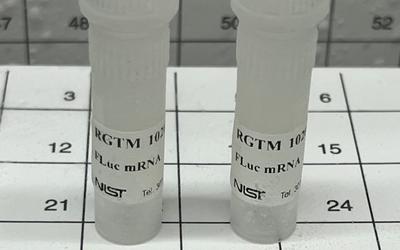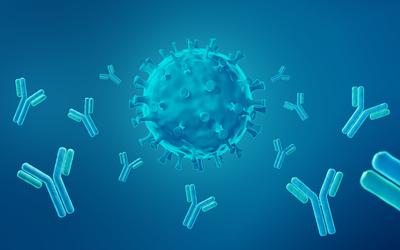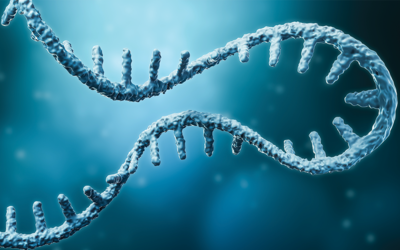The NIST Biomanufacturing Program draws from a broad array of unique, interdisciplinary expertise, resources, and facilities including
- biophysical characterization of biotherapeutics including colloidal and rheological measurements
- state-of-the-art mass spectrometry, NMR, and cryo-electron microscopy capabilities for characterizing biotherapeutics
- world-class neutron and X-ray scattering facilities to determine biotherapeutic stability and structure
We work closely with stakeholders from across the biopharmaceutical community including industry, FDA, universities, and equipment vendors to identify key measurement problems. NIST holds an annual Biopharmaceutical Measurement Roundtable consisting of members of the industry for feedback on the relevance of its research activities, and to learn of current and emerging measurement needs.
NIST is a trusted, impartial third party that promotes cross-industry collaboration and open data sharing.
- The NIST monoclonal antibody reference material RM 8671 - NISTmAb, Humanized IgG1κ Monoclonal Antibody was characterized by a NIST-led effort involving 100 scientists from industry, government, and academia. The results are documented in a book series, "State-of-the-Art and Emerging Technologies for Monoclonal Antibody Characterization" (Vol I, Vol II, Vol III).
- NIST has conducted interlaboratory measurement comparisons with participation from across the industry to benchmark emerging analytical technologies and help foster their adoption. The NIST interlaboratory studies include NMR, HDX-MS, glycosylation analysis, multi-attribute method, and sub-visible particle measurement.
Program Portfolio
Foundational measurement science on protein structure, cell biology, and emerging measurement technologies (scattering methods, NMR, HDX-MS, cryo-EM, optical methods) described in over 100 publications.
NIST Engagement with industry through
- consortia (examples: National Institute for Innovation in Biopharmaceutical Manufacturing, Advanced Mammalian Biomanufacturing Innovation Center) and other industry organizations
- direct collaborations with industry scientists on NMR and mass spectrometry interlaboratory measurement comparisons
- cooperative research and development agreements with leading biopharmaceutical companies
Measurement standards and data:
RM 8671 - NISTmAb, Humanized IgG1κ Monoclonal Antibody, SRM 8634 - Ethylene Tetrafluoroethylene for Particle Size Distribution and Morphology, glycan reference materials and data, cell culture for protein reference material development, and mass spectrometry reference data.







